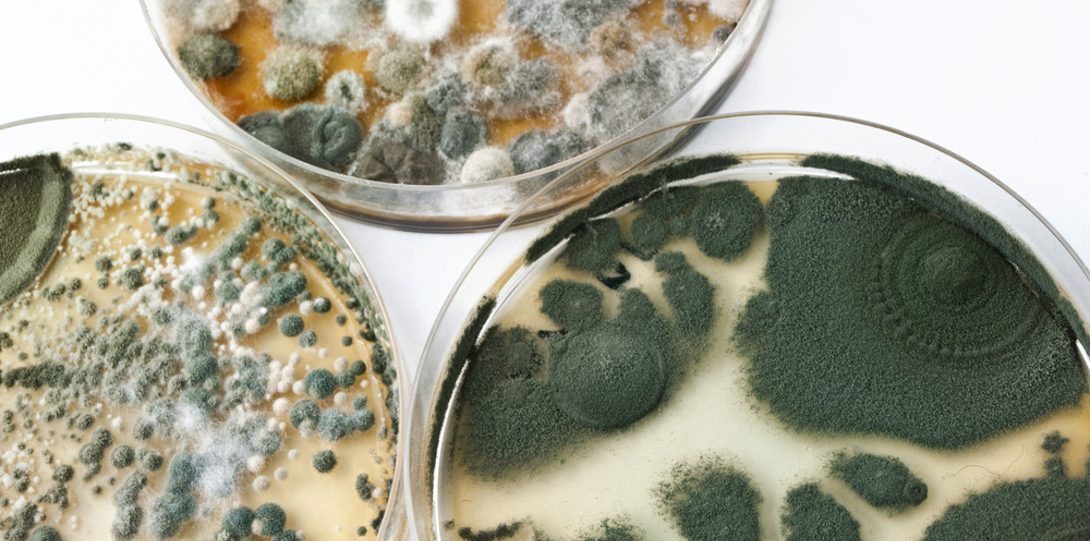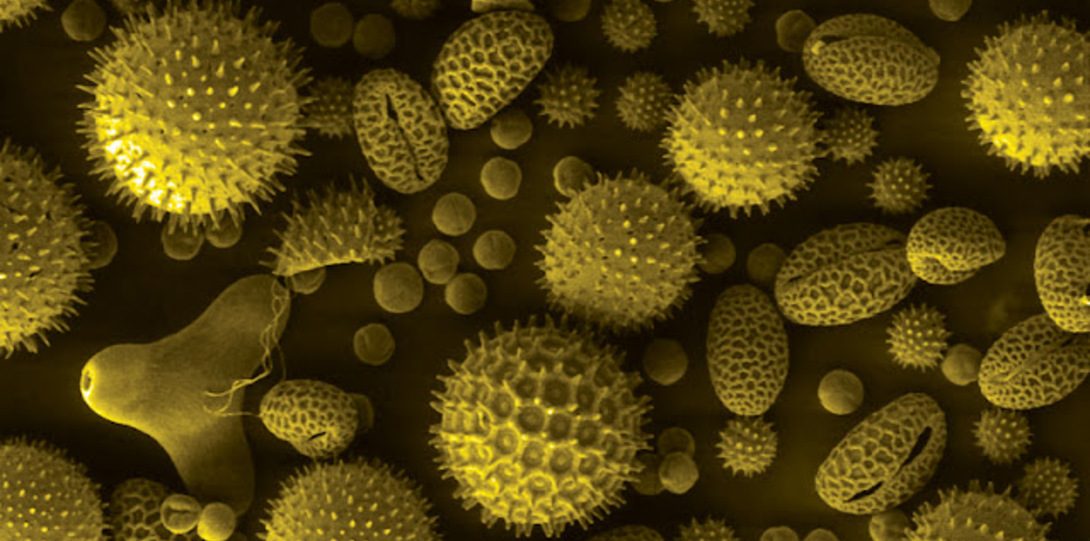Mold
Mold
Where Does Mold Grow?
Mold can be found almost anywhere as long as moisture and oxygen are present. Mold likes stagnant air, moisture, darkness, and temperatures greater than 70 F. When there is excessive moisture on materials, mold growth may occur. It is impossible to eliminate all mold spores in the indoor environment; however, mold spores can be reduced by reducing moisture and removing any materials containing mold.
Concerns About Mold in Your Work Area
Recognizing the presence of mold is not always obvious, especially when you can’t see it. The following situations or conditions may indicate hidden mold is present
- Musty odors
- Building conditions favorable to mold growth such as high temperature and humidity
- Porous or semi-porous building materials which are moist or wet
- Building materials which have been wet for 24 to 48 hours or more
- Water staining- Water staining is not mold. However, water staining can indicate a leak or water intrusion has occurred. Since moisture is a critical element for mold growth, the staining may be a precursor to mold.
If you have a concern about mold in your work area, you can request a mold investigation by emailing health-safety@uic.edu with your name, phone number, location and a picture of the area (JPEG or .PNG). An assessment will be conducted to determine if mold is present. If mold is present, we will determine who is to remove the moldy materials and the type of personal protective equipment that is required. If there has been substantial water damage, or mold growth covers more than 10 square feet, a certified mold remediation contractor may be needed.
What to Do if You Get Excessive Water in Your Work Area
Plumbing leaks and other sources of water should be reported to Facilities Management as soon as possible. When sufficient moisture is present mold spores can germinate and begin to grow in as little as 24 to 48 hours after becoming moist enough. New mold colonies can form in as little as three days if materials stay wet. This is why water intrusions must be treated as an emergency and addressed quickly by removing the source of the moisture.
All items should be dried completely. Any visibly stained, water damaged, or mold infected materials such as ceiling tiles need to be replaced. If the affected area is small (<10 sq.ft.), Building Services Personnel may perform the dry out and clean up procedure. If mold growth covers more than 10 square feet, a certified mold remediation contractor may be needed.
Health Concerns Regarding Mold
If you have health concerns related to potential mold in your work environment, contact Health Services University Health Services, 835 South Wolcott Avenue, Room E-144, Chicago, IL 60612, Phone: 312-996-7420.


